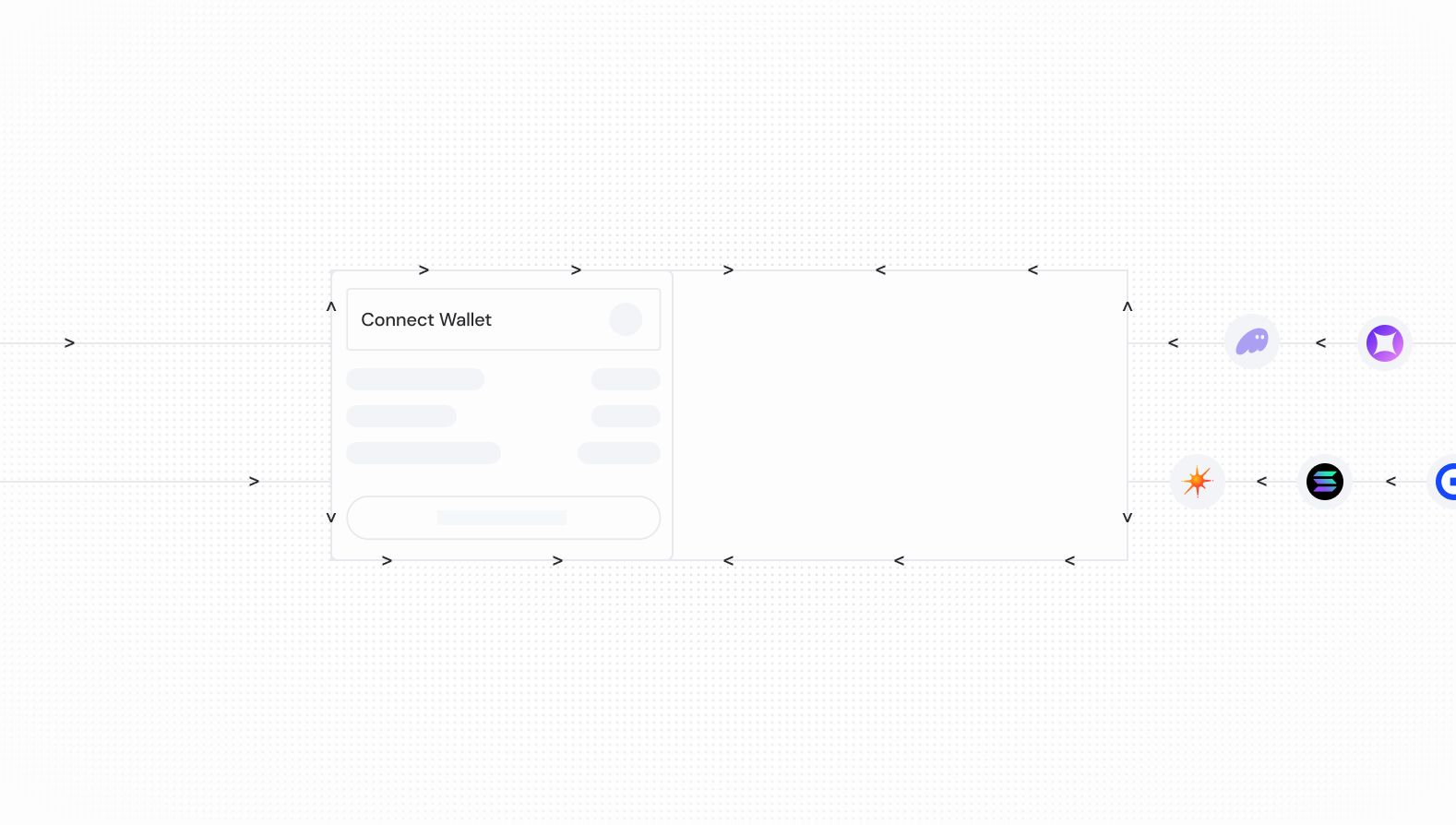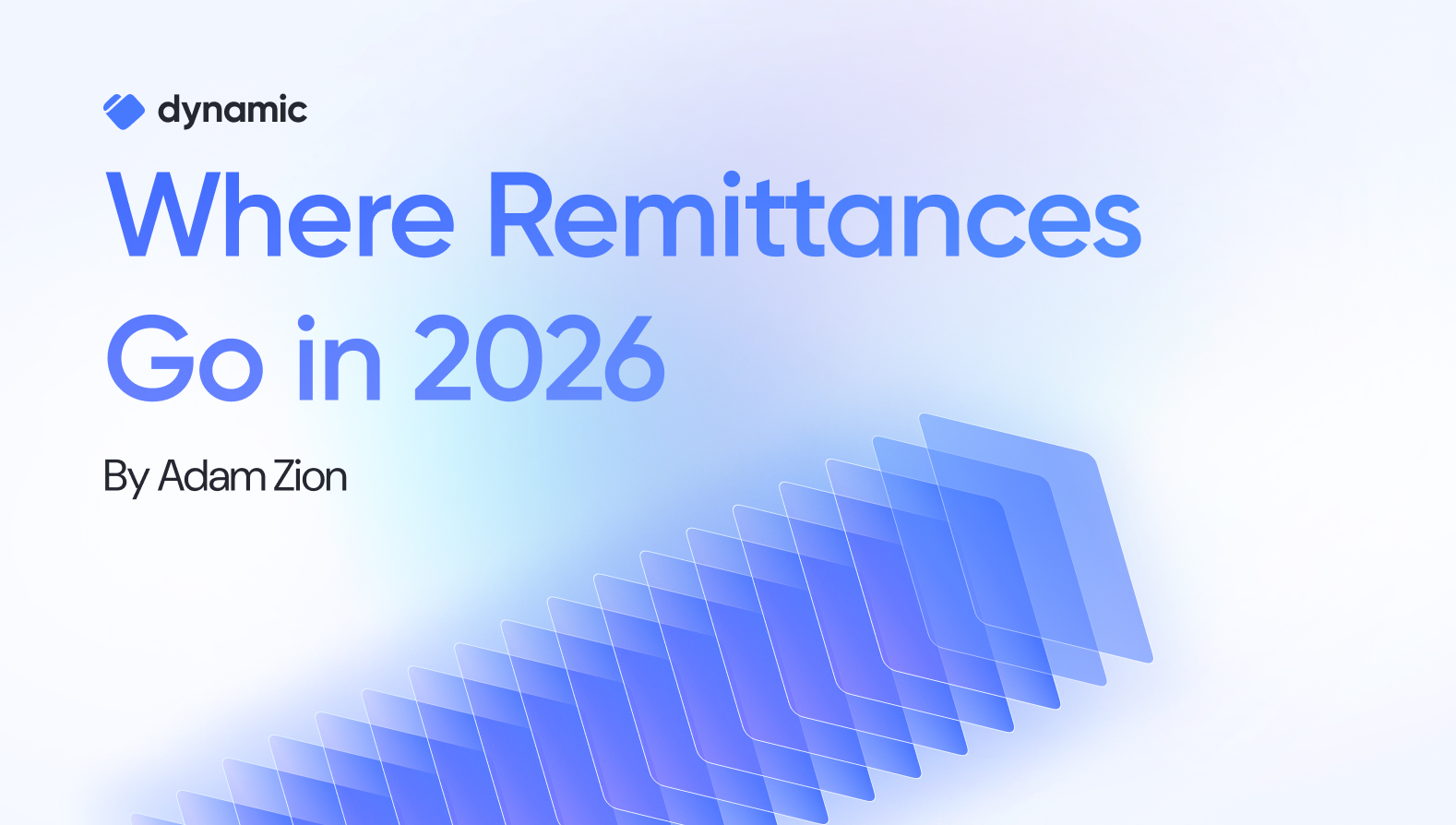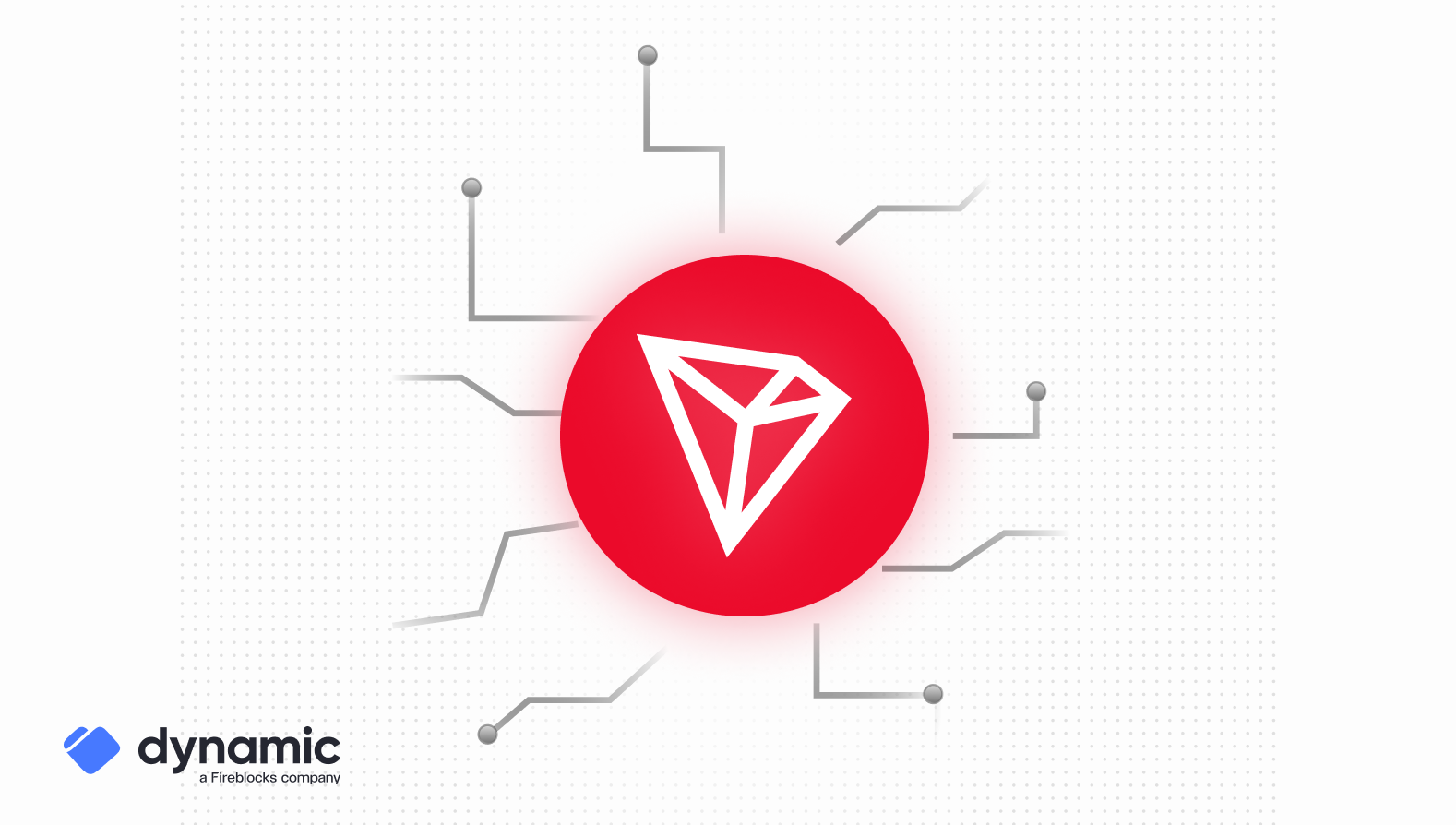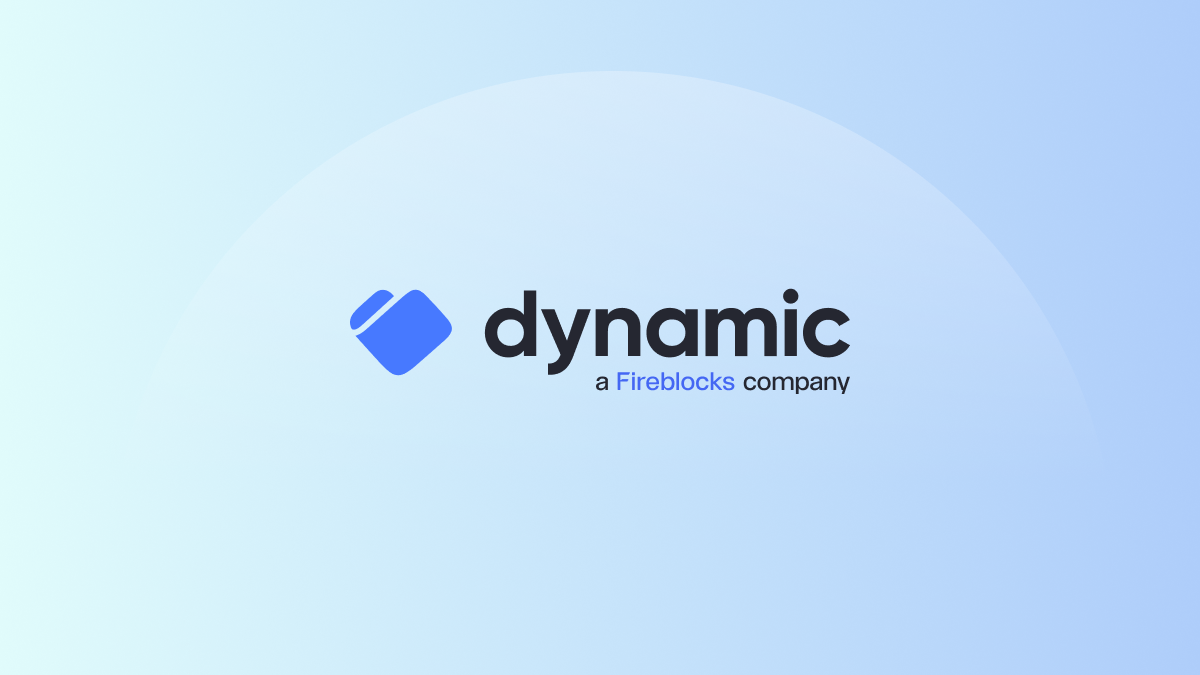WaaS vs Wallet Adapters: Choosing the Right Approach


The explosion of wallet tooling options has given developers more choices than ever. From Wallet-as-a-Service platforms to adapter libraries to custom wallet implementations, teams face a complex decision matrix that directly impacts user experience and development effort.
Choosing the right approach matters because wallet integration affects every aspect of your Web3 application. The wrong choice can lead to poor user onboarding, development bottlenecks, or feature limitations that become apparent only after significant investment. Understanding the tradeoffs helps teams make informed decisions aligned with their product goals.
What is Wallet-as-a-Service (WaaS)?
Wallet-as-a-Service provides complete wallet functionality through managed infrastructure and APIs. Instead of building wallet features from scratch, developers integrate pre-built solutions that handle key management, transaction signing, and user authentication.
WaaS offers several key benefits. Abstraction means developers don’t need cryptographic expertise to implement secure wallet functionality. Embedded UX allows for seamless in-app experiences without browser extension dependencies. Managed infrastructure handles the complex security, scalability, and compliance requirements that would otherwise require dedicated engineering resources.
What Are Wallet Adapters?
Wallet adapters are libraries that standardize connections to external wallets like MetaMask, Phantom, or Coinbase Wallet. These tools provide unified interfaces for interacting with multiple wallet types.
Wallet adapters excel at flexibility by supporting any wallet that implements the standard interface. They preserve user choice, allowing people to use their preferred wallet software. For crypto-native users who already have established wallet preferences, adapters provide familiar experiences with existing tools and seed phrases.
WaaS vs Wallet Adapters: Key Differences
User Onboarding Friction
WaaS enables instant wallet creation through email, social login, or biometric authentication. Users can start transacting immediately without downloading software or managing seed phrases. Wallet adapters require users to already have compatible wallet software installed and configured. This creates higher barriers to entry for mainstream users, who may not have installed or configured a wallet beforehand.
Dev Integration Complexity
WaaS solutions provide single SDK integration with comprehensive documentation and support. Wallet adapters require handling multiple wallet types, each with different capabilities, connection patterns, and error states. The complexity grows exponentially with each additional wallet type supported.
Feature Sets
WaaS platforms often include advanced features like social login integration, passkey authentication, multi-chain support, and programmable wallet policies. Wallet adapters are limited to features provided by individual wallet software, creating inconsistent user experiences across different wallet types.
How Dynamic Covers Both WaaS and Wallet Connections
Dynamic takes a unified SDK approach that supports both embedded WaaS functionality and external wallet connections through a single integration. Developers can offer embedded wallets for seamless onboarding while simultaneously supporting external wallets for crypto-native users.
The platform enables switching between embedded and external wallets within the same user session. A user might start with an embedded wallet for quick onboarding, then later connect their hardware wallet for high-value transactions. This flexibility accommodates different user preferences and security requirements.
Case Study: How DeFi App Uses Dynamic to Support Both Onboarding Paths
DeFi App integrated Dynamic to simplify onboarding for two distinct user types. First-time crypto users sign up with email, receive an embedded wallet instantly, and start trading without installing any extensions. This flow led to a 90% completion rate on initial sessions. For experienced users, the platform also supports external wallet connections like MetaMask or Ledger. Both wallet types share the same transaction UI, reducing engineering overhead and maintaining a consistent user experience across audiences.
This hybrid setup removed the need for separate integration tracks, letting the team support both mainstream and power users through a single SDK.
Share this article




